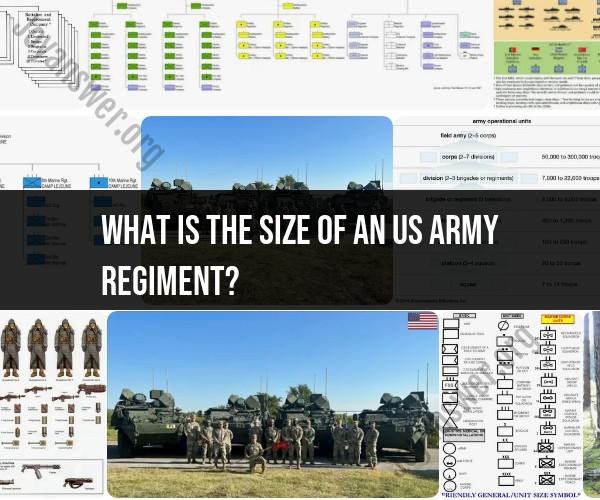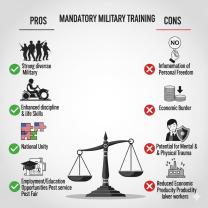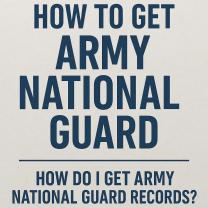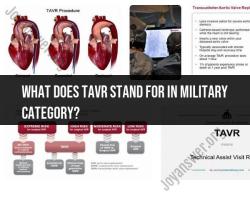What is the size of an US Army regiment?
The size and structure of a U.S. Army regiment can vary depending on its type and mission. In the U.S. Army, a regiment is typically a mid-sized unit that is larger than a battalion but smaller than a division. The specific size and composition of a regiment can change over time and depend on its role within the Army's overall organization.
Here are some general points about the size and structure of a U.S. Army regiment:
Infantry Regiment: A standard infantry regiment in the U.S. Army typically consists of around 3,000 to 3,500 soldiers. It is usually organized into several battalions, each containing multiple companies. The exact number of soldiers and battalions can vary based on the specific type of infantry regiment and its mission.
Armor Regiment: An armor regiment, which primarily operates armored vehicles like tanks, is structured similarly to an infantry regiment in terms of size and organization.
Specialized Regiments: Some regiments in the U.S. Army have specialized roles, such as airborne, ranger, or special forces regiments. These regiments may have different sizes and structures based on their unique training and mission requirements.
Historical Variations: It's important to note that the size and structure of regiments have evolved over time. In the past, regiments may have had different sizes and roles compared to contemporary regiments.
Operational Control: Regiments can be organized into larger formations, such as brigades or divisions, depending on the Army's needs and operational requirements. These larger formations can include multiple regiments, supporting arms (such as artillery or engineering units), and various support elements.
Modular Organization: The U.S. Army has transitioned to a modular organizational structure, which allows for flexibility in forming units based on mission requirements. This means that the size and composition of a regiment can be adjusted as needed.
It's important to remember that the U.S. Army's organizational structure can change based on the evolving needs of the military, and specific regiments may have unique characteristics based on their history and mission. Therefore, the size of a U.S. Army regiment is not fixed and can vary depending on the context.
Demystifying the Size and Structure of a US Army Regiment
A US Army regiment is a military unit that is typically composed of three to four battalions. A battalion is a smaller unit that is typically composed of three to five companies. A company is the smallest unit in the Army and is typically composed of 100 to 200 soldiers.
The size and structure of a US Army regiment can vary depending on its type and mission. For example, an armored regiment will be larger and have a different structure than an infantry regiment.
Roles and Responsibilities of Army Regiments
Army regiments play a variety of roles and responsibilities. They can be used to conduct combat operations, support operations, or training.
In combat, regiments are typically used to conduct offensive or defensive operations. They can also be used to support larger units, such as divisions or corps.
In support operations, regiments may be used to provide security, transportation, or logistics support. They may also be used to conduct humanitarian assistance or disaster relief operations.
Regiments also play a vital role in training soldiers. They provide soldiers with the skills and knowledge they need to be successful in their careers.
Historical Evolution of US Army Regiment Sizes
The size of US Army regiments has evolved over time. In the early days of the Army, regiments were typically much larger than they are today. For example, during the Civil War, regiments could have up to 1,000 soldiers.
However, as technology has advanced, the Army has been able to reduce the size of its regiments. For example, during World War II, regiments typically had around 3,000 soldiers. Today, regiments typically have around 1,000 soldiers.
The reduction in the size of regiments has been driven by a number of factors, including the development of new weapons and equipment, the need for greater flexibility, and the cost of maintaining large units.
Examples of US Army Regiments
Here are some examples of US Army regiments:
- 75th Ranger Regiment
- 3rd Infantry Regiment (The Old Guard)
- 1st Cavalry Regiment
- 3rd Armored Cavalry Regiment
- 101st Airborne Division
These regiments have a variety of missions and roles, but they are all united by their commitment to excellence and service to the nation.













